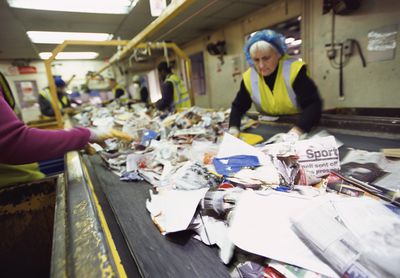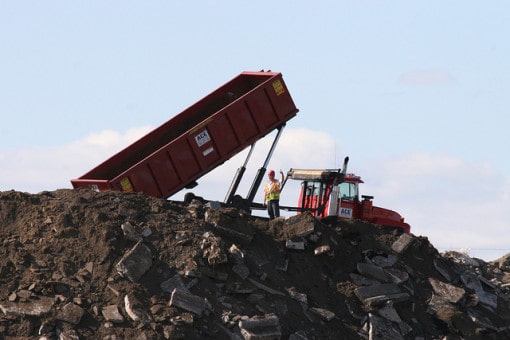Introduction.
Before the introduction of solid waste management, it’s imperative to have an understanding of solid waste. Solid waste is the range of garbage arising from human and animal activities that are discarded as both unwanted and useless.
Solid waste is generated from residential, industrial, and commercial activities in a particular area. Solid waste is categorized based on material such as paper, metal, glass, plastic, and organic waste. Furthermore, it may be categorized based on hazard potential such as radioactive, infectious, flammable, toxic, or non-toxic. Regarding the origin of solid waste, it is classified in commercial, industrial, domestic or construction and demolition.

Definition.
Solid waste management is the process involved in the control of generation, storage, collection, transfer/transport, processing, and disposal of solid waste materials. This is helpful in public health, economics, conservation, and aesthetic value of the environment.
To achieve high levels of solid waste management, complex inter-disciplinary relationships among fields of public health, political science, geography, economics, communication, demography, material science, and engineering has to been achieved.
Objectives of Solid Waste Management.
The main and most important goal of this discipline is the reduction and elimination of adverse impacts of waste materials on human health and the environment in a bid to support economic development and high quality of life.
Functional Elements of the Waste Management System.
The six functional elements of the waste management system are as follows:
- Waste generation– refers to activities required in the identification of materials which are useless and are gathered for systematic disposal.
- Handling, storage, and processing– these are the activities at the site of the waste generation which are used in easier waste collection, for instance waste bins used in residential areas.
- Waste collection– is one of the crucial phases of waste management. It includes placement of bins, waste collection from those bins, and trash accumulation at designated areas.
- Waste transfer and transport– these are the activities involved in the movement of waste materials from the local waste collection sites to the regional waste disposal location in vehicles designed for this particular job.
- Waste processing and recovery– includes the equipment, techniques, and facilities used to recover reusable or recyclable material from the waste and to improve other elements of waste management effectively.
- Disposal– the final stage of waste management that involves the activities of systematic disposal of waste products in sites such as landfills and waste-to-energy facilities.

Integrated Solid Waste Management (ISWM).
This is the selection and usage of appropriate management programs and technologies to achieve relevant waste management objectives. With the advancement in the field of waste management, solutions are sought more systematically and holistically, and therefore, ISWM is an essential term in this field.
Conclusion.
Waste management programs are urgently required in some countries since one-quarter of waste generated in rural areas and just about half the garbage generated in cities is effectively collected. The World Bank warns global waste may increase to 70% by the year 2050 under the business-as-usual scenario.